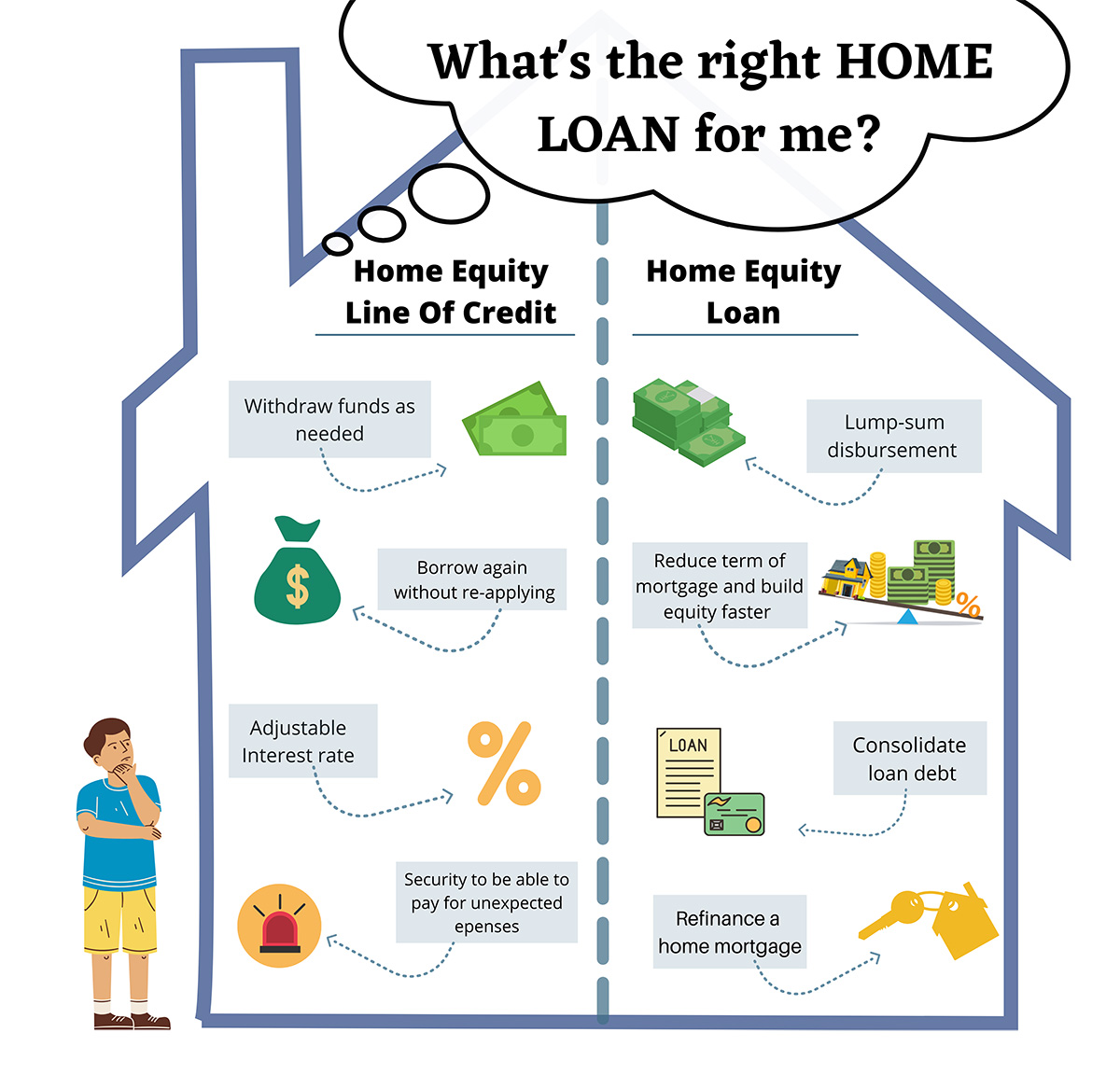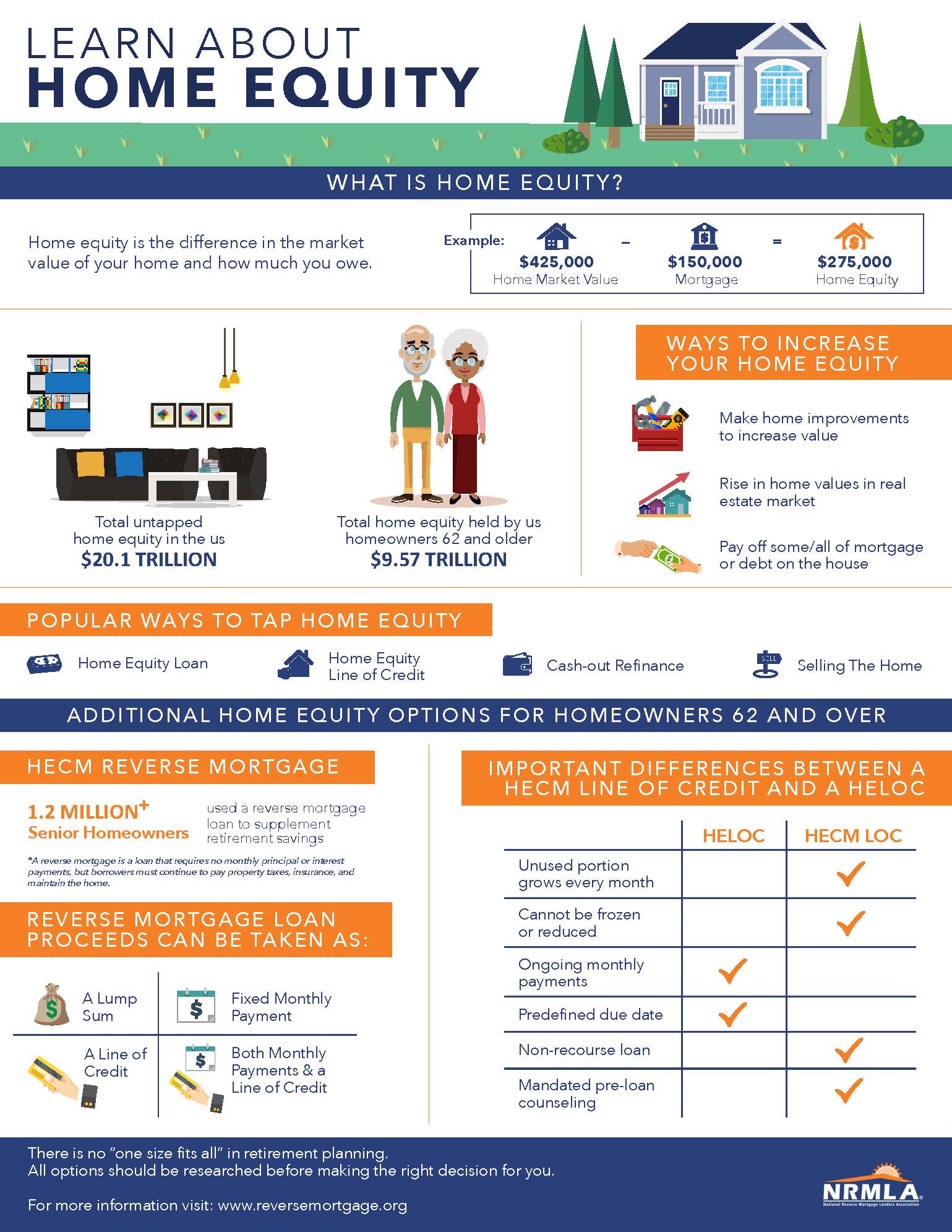How to Minimize Risks with Equity Release Mortgages
How to Minimize Risks with Equity Release Mortgages
Blog Article
Exploring the Various Kinds of Equity Release Mortgages Available Today
Equity Release home loans present numerous alternatives for house owners aged 55 and over. equity release mortgages. These monetary products satisfy various needs and choices, enabling people to accessibility funds from their home. From lifetime home mortgages to common recognition home loans, each type provides unique advantages. Recognizing these options is important for making educated choices. What factors should one think about when choosing the most suitable equity Release plan? The details that adhere to may clarify this important subject
Understanding Equity Release Mortgages
Equity Release home loans supply house owners, generally those aged 55 and over, with a way to access the worth tied up in their building without requiring to offer it. This monetary choice allows individuals to convert a portion of their home equity into cash, which can be used for various purposes, such as home renovations, repaying financial debts, or financing retirement.Equity Release can take different types, yet it basically entails borrowing versus the worth of the home while keeping possession. Homeowners can pick to get a round figure or a series of smaller repayments, depending upon their monetary demands and preferences.Additionally, the amount offered for Release is influenced by the residential property's worth, the homeowner's age, and specific lending institution criteria. Overall, comprehending equity Release home loans is essential for homeowners to make informed choices regarding using their home's equity while taking into consideration the lasting ramifications.
Life time Mortgages
Lifetime home loans represent among the most prominent forms of equity Release. This economic product permits property owners, typically aged 55 or older, to borrow against the value of their residential or commercial property while preserving ownership. The car loan, which is secured versus the home, builds up interest in time yet does not need monthly repayments. Rather, the funding and accumulated interest are repaid when the home owner passes away or moves into long-term care.Lifetime home mortgages provide versatility, as customers can pick to receive a swelling sum or choose a drawdown facility, accessing funds as needed. Importantly, several strategies featured a no-negative-equity assurance, guaranteeing that debtors will certainly never owe even more than the value of their home. This attribute provides assurance, permitting individuals to enjoy their retirement without the concern of diminishing their estate. Overall, lifetime home loans function as a practical option for those looking for economic support in later life.
Home Reversion Plans

Drawdown Lifetime Mortgages
While lots of home owners look for methods to access their wide range, drawdown life time home mortgages provide an adaptable option that permits individuals to Release funds progressively. This type of equity Release mortgage allows home owners to borrow versus the value of their residential or commercial property while maintaining ownership. Unlike standard life time home loans, drawdown plans enable borrowers to access a part of their equity upfront and take out additional funds as needed, as much as a predetermined limit.This function can be particularly advantageous for those who desire to manage their financial resources thoroughly, as it decreases rate of interest accumulation by only charging passion on the quantities attracted. Furthermore, drawdown life time mortgages typically feature a "no negative equity assurance," ensuring that consumers will never ever owe greater than their home's worth. This option fits retirees that want monetary safety and security and adaptability, enabling them to meet unanticipated costs or maintain their lifestyle without needing to sell their building.
Boosted Lifetime Mortgages
Enhanced Life time Mortgages offer distinct advantages for qualified home owners looking for to Release equity from their residential properties. Recognizing the qualification criteria is necessary, as it determines who can gain from these specialized finances. Nevertheless, it is also vital to review the potential drawbacks related to enhanced choices, ensuring an all-around perspective on their use.
Eligibility Requirements Explained
Recognizing the eligibility criteria for Improved Life time Mortgages is essential for potential candidates seeking to access the equity in their homes. Commonly, candidates need to be aged 55 or older, as this age requirement is typical in the equity Release market. House owners ought to possess a property valued at a minimum limit, which can vary by loan provider. Significantly, the residential or commercial property must be their primary home and in excellent condition. Lenders frequently analyze Continued the property owner's health condition, as certain wellness conditions might boost eligibility and benefits. In addition, applicants must not have existing significant financial debts safeguarded versus the residential or commercial property. Meeting these criteria permits people to explore Boosted Lifetime Home mortgages as a practical option for accessing funds locked up in their homes.
Benefits of Improved Home Loans
After clarifying the eligibility requirements, it ends up being evident that Enhanced Lifetime Mortgages offer numerous considerable benefits for homeowners aiming to take advantage of their property equity. Mainly, they give accessibility to a bigger financing amount contrasted to typical lifetime home loans, profiting those with health conditions or age-related elements that increase their life expectations risk. This enhanced loaning capacity permits home owners to meet different economic demands, such as home improvements or retired life expenditures. In addition, these mortgages commonly come with flexible payment options, enabling debtors to manage their financial resources much more efficiently. The no-negative-equity warranty further guarantees that house owners will never ever owe greater than their residential or commercial property's worth, supplying comfort. On The Whole, Enhanced Life time Home loans present an engaging alternative for qualified homeowners seeking economic options.
Prospective Downsides Thought About
While Boosted Lifetime Home loans use various benefits, potential disadvantages call for cautious factor to consider. One significant issue is the impact on inheritance; the equity released minimizes the value of the estate left to recipients. Additionally, these mortgages can accumulate considerable interest with time, causing a significant financial debt that may surpass the original loan amount. There may likewise be restrictions on home alterations or rental, limiting house owners' adaptability. Improved products commonly need certain health and wellness conditions, indicating not all home owners will certainly certify. Handling the fees and fees connected with these home loans can be complex, possibly leading to unanticipated prices. Because of this, individuals must extensively evaluate their scenario and consult monetary advisors prior to continuing.
Shared Recognition Home Mortgages
Shared Gratitude Home loans stand for an unique economic arrangement that enables home owners to access equity while sharing future residential or commercial property value increases with the loan provider. This strategy offers prospective advantages such as lowered regular monthly payments, yet it also includes disadvantages that need to be meticulously considered. Recognizing the eligibility needs is vital for those curious about this choice.
Principle Summary
Equity Release home loans, particularly in the form of common appreciation mortgages, use homeowners an one-of-a-kind financial remedy that permits them to accessibility funds by leveraging the worth of their residential property. In this arrangement, a loan provider supplies a car loan to the property owner, which is commonly repaid through a share of the residential or commercial property's future admiration in worth. This implies that when the property owner offers the residential or commercial property or passes away, the loan provider receives a percentage of the boosted worth, rather than just the preliminary finance amount. Shared recognition mortgages can be appealing for those looking to supplement their revenue or financing substantial costs while keeping possession of their home. However, the economic effects of common gratitude must be thoroughly thought about by prospective customers.
Benefits and Downsides
Although shared gratitude mortgages can supply considerable economic advantages, they likewise include remarkable disadvantages that prospective borrowers should take into consideration. These home mortgages permit property owners to gain access to equity in their homes while sharing a section of any kind of future recognition with the lending institution. This setup can be beneficial during times of rising residential or commercial property worths, using considerable funds without monthly repayments. The major drawback is the potential loss of equity; homeowners may end up with significantly reduced inheritance for successors. In addition, the intricacy of the terms can bring about misunderstandings pertaining to payment obligations and the percentage of admiration owed. It is crucial for borrowers to evaluate these aspects meticulously prior to devoting to a common admiration home loan.

Qualification Demands
What standards must property owners meet to certify for a shared recognition home loan? Mainly, prospects must go to the very least 55 years old, assuring they are within the target group for equity Release items. Additionally, the building needs to be their main residence and usually valued over a specified minimum threshold, frequently around ? 100,000. Lenders likewise evaluate the home owner's monetary conditions, including revenue and arrearages, to ascertain they can manage the home mortgage sensibly. Significantly, the home must be in excellent condition and devoid of substantial legal encumbrances. House owners ought to likewise have a clear understanding of the terms, consisting of how recognition will be shown to the lending institution upon sale or transfer of the building, as this affects total returns.
Choosing the Right Equity Release Alternative
:max_bytes(150000):strip_icc()/dotdash_Final_Home_Equity_Loan_vs_HELOC_What_the_Difference_Apr_2020-01-af4e07d43f454096b1fbad8cfe448115.jpg)
Frequently Asked Inquiries
What Age Do I Need to Be for Equity Release?
The age need for equity Release commonly begins at 55 for a lot of strategies. Nonetheless, some suppliers might use choices for those aged 60 and above, showing varying terms based on private conditions and lender policies.
Will Equity Release Impact My Inheritance?
Equity Release can influence inheritance, as the quantity obtained plus passion reduces the estate's worth. Heirs may receive less than prepared for, relying on the home's admiration and the complete financial debt at the time of passing.
Can I Move Residence With Equity Release?
The concern of relocating house with equity Release emerges regularly. Generally, individuals can transfer their equity Release plan to a new residential or commercial property, but details terms and problems might apply, needing appointment with the lending institution for advice.
Exist Fees Related To Equity Release Mortgages?
Charges related to equity Release home mortgages can consist of plan charges, evaluation costs, and lawful expenses. Furthermore, there might be early payment costs, which can impact the total price and monetary effects for the borrower.
Just How Does Equity Release Influence My Tax Obligation Scenario?
Equity Release can affect one's tax obligation scenario by potentially increasing taxed revenue, as released funds are considered funding. Nonetheless, it normally does not incur instant tax responsibilities, making it necessary to seek advice from a monetary consultant for tailored assistance.
Verdict
In recap, the selection of equity Release home loans readily available today uses property owners aged 55 and over numerous paths to access their building's value - equity release mortgages. Whether choosing a lifetime home loan, home reversion plan, or various other choices, each alternative presents unique advantages customized to private economic requirements. Mindful factor to consider and assessment with a financial expert are important to guarantee the selected equity Release option aligns with individual objectives and monetary circumstances, ultimately facilitating educated decision-making for a safe economic future. Equity Release home mortgages existing various options for property owners aged 55 and over. Equity Release home mortgages offer property owners, typically those aged 55 and over, with a means to access the worth tied up in their building without requiring to market it. Boosted Life time Mortgages use distinct advantages for eligible homeowners seeking to Release equity from their properties. Equity Release home mortgages, especially in the kind of common appreciation home mortgages, use homeowners a distinct financial service that permits them to accessibility funds by leveraging the worth of their residential or commercial property. In summary, the selection of equity Release mortgages readily available today supplies home owners aged 55 and over numerous paths to access their building's worth
Report this page